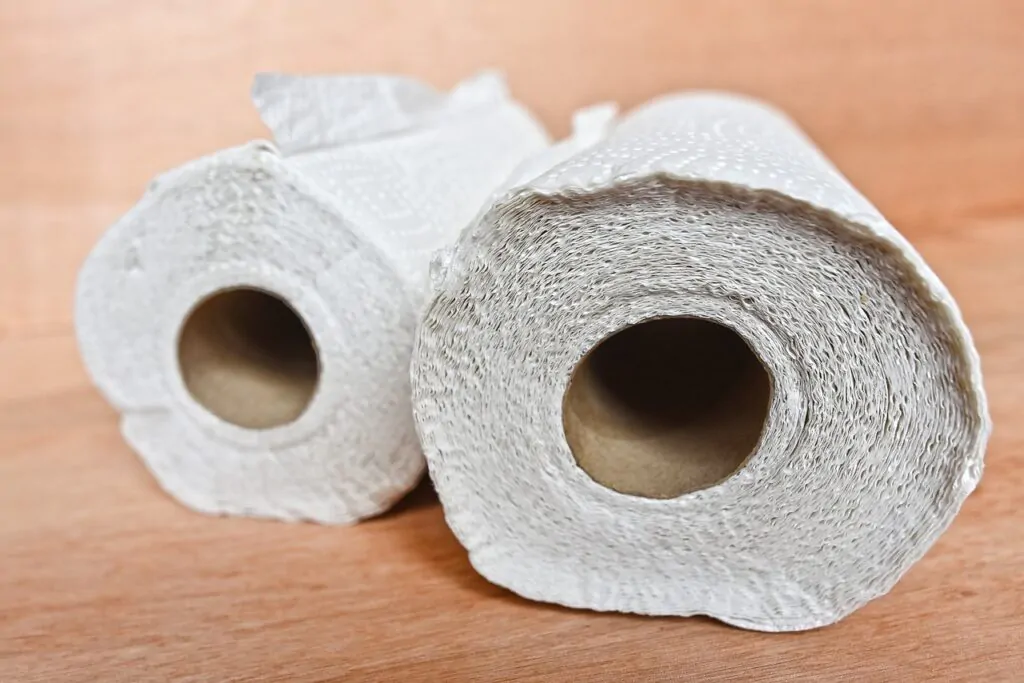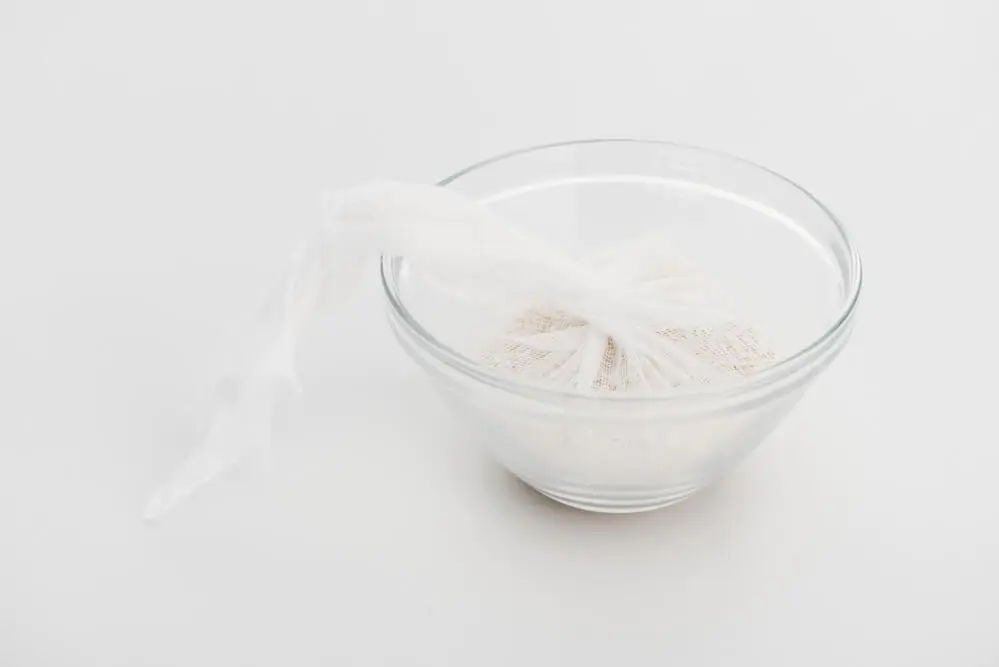If you’ve been wondering what can you use for coffee filters, the answer is that there are multiple substitutes in your home.

It’s happened to the best of us. You reach that remote camping site on the shores of an ancient lake only to realize that you’ve forgotten to pack the custom filters for your beloved Hario V60 dripper. Or, you wake up on a lazy Sunday morning, and there isn’t a single filter in the house. Don’t despair.
There are a few creative ways in which you can still enjoy a cup of coffee. So, what can you use for coffee filters? Well, basically anything from paper towels to socks!
What Can You Use For Coffee Filters?
Here are a few substitutes you can try next time you’re sans filters.
Paper Towel

One of the most common “brewing techniques” to use when you run out of filters is to grab a roll of paper towels. Although you won’t get an award-winning cup of coffee through this method, the fine weave of the paper towel is very effective at keeping the coffee grounds out of your cup.
One issue is that brewing using paper towels may result in unwanted chemicals, such as bleach, landing up in your brew. However, a cup here and there certainly won’t make you sick or pose any real health risks. Just try not to brew with paper towels every day!
Method
- Take a piece of paper towel and fold one side over so that a triangle is formed. Then, fold it one more time into a smaller triangle.
- Cut the triangle’s base into a rounded shape — that is, copy the shape of real filters — with the middle part of the base measuring as tall as the drip basket.
- Open up the homemade filter on one side, insert it into the drip basket, and proceed as you would normally do.
Pros
- The fine weave of the paper towel filters out the grounds and coffee oils well
- It is an inexpensive technique
Cons
- Paper towel is flimsy and thin and might break
- White paper towel contains chemicals
- You need to fold and cut the paper towel if you want a snug fit
Cheesecloth

Since the function of cheesecloth is to strain liquids when making cheese, it is a good option for a substitute filter. Cheesecloth is made from cotton, which means it is 100% safe for your health.
It comes in seven grades, from loosely woven to an extra-fine weave. If you happen to have multiple grades of cheesecloth at home, opt for a finer weave since this will keep the coffee grounds at bay.
However, even the finest weave of cheesecloth will still not be able to filter out coffee oils. This is not an entirely bad thing since coffee oils are responsible for most of the flavors and aromas in coffee.
Although you can wash and reuse cheesecloth, refrain from using strong and scented detergents since this can cause unwanted off-flavors in subsequent brews.
Method
- Cut a piece of cheesecloth that will fit into your pour-over when folded over two times.
- Place the cheesecloth inside the drip basket and secure it with an elastic band.
- Continue to make coffee like you normally would.
Pros
- You can wash and reuse cheesecloth
- Cheesecloth is effective at filtering coffee grounds
- Since it lets through coffee oils, you’ll get a full-flavored cup of coffee
- It’s an environmentally friendly method
Cons
- You need to cut and fold the cheesecloth
- Cheesecloth is pricier than, for instance, paper towels
A Fine-Mesh Sieve
If you have a fine-mesh sieve on hand, this kitchen utensil can also double up as a coffee filter in times of need. When you think about it, a sieve does resemble a reusable metal coffee filter. However, a fine-mesh sieve is bound to let through more coffee grounds than a metal coffee filter would.
Also, as is the case with a metal coffee filter, most of the coffee oils will pass through to your brew, resulting in a full-flavored and robust cup of coffee. If you don’t like a full-bodied cup of coffee or a layer of sediment at the bottom of your mug, this method is probably not the best option for you.
Method
- Add the amount of coffee you want into a glass measuring cup and add hot, not boiling, water.
- Allow the brew to steep for about five minutes.
- Pour the liquid through the mesh sieve into a coffee cup.
Pros
- This method provides a full-bodied and intensely flavored coffee brew
- You can brew one or multiple cups of coffee in one go
- It’s an environmentally friendly and easy method
Cons
- You need to wash the sieve after brewing
- The sieve won’t catch all the coffee grounds

